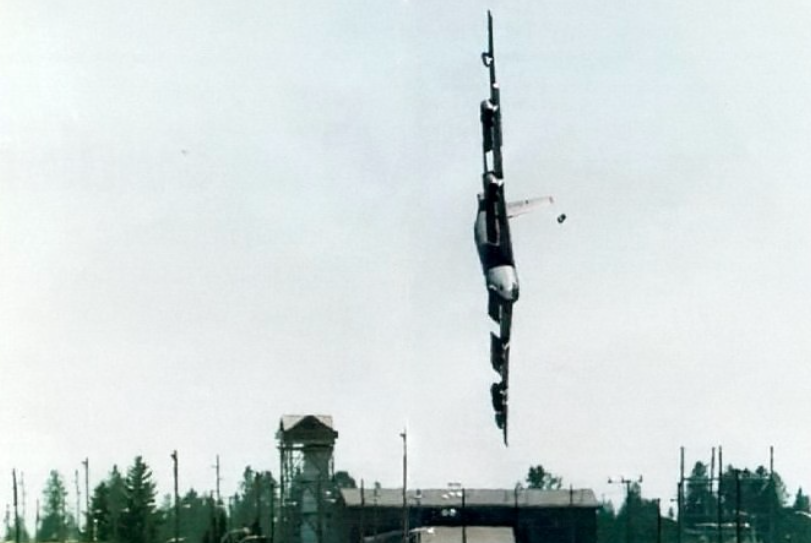The Weekly Reflektion 45/2024
Reflekt will organise a breakfast seminar Wednesday 27th November. In the seminar we will consider what the offshore petroleum industry can learn from the Grenfell Tower fire in 2017.
The seminar will be held at the Quality Hotel Pond in Forus from 0800 to 1000. A light breakfast will be served beforehand. There is plenty of free parking at and around the hotel. Please let us know if you would like to attend.
Management walking past a non-conformance in an operation, even if they don’t notice it, gives people permission to repeat it. Management that are aware of people in their organisationthat are behaving in a way that could affect the safety of an operation, and take no action, effectively condone the behaviour. They will ultimately bear the responsibility of their failure to act.
Are you looking for non-conformances and correct them when you see them?

On June 24th 1994, at Fairchild Air Force Base, a B-52H bomber crashed during a demonstration flight for an air show killing all 4 crew members. One of the crew members was on his ‘finis flight’, his last flight before retiring and his family and friends were present to witness the occasion. The flight plan called for a series of low altitude passes, banked turns, a steep climb, and a ‘touch-and-go’ landing where the plane lightly touches down on the runway before immediately taking off again.
The demonstration flight went according to plan until preparing to execute the ‘touch-and-go’ landing. The pilot was instructed to go around because the runway was not clear, and he asked for permission to execute a 360o turn which was immediately granted. He flew an extremely tight, steeply banked curve while maintaining an altitude of 75m. The plane banked past 90o, descended rapidly, clipped power lines and hit the ground and exploded.
The accident board found that human error was the cause of the accident and that the pilot’s macho, daredevil personality significantly influenced the crash sequence. USAF personnel testified that the pilot had developed a reputation as an aggressive pilot who often broke flight-safety and other rules. The rule-breaking included flying below minimum-clearance altitudes and exceeding bank-angle limitations and climb rates. During a 1991 air show the pilot’s aircraft violated several safety regulations, including exceeding bank and pitch limits, flying directly over the air-show spectators. Despite this behaviour repeating itself at several air shows, the pilot’s superior officers took no action. Many former crew members who witnessed this behaviour refused to fly with the pilot again.
During practice for this last air show, his new wing commander ordered the pilot not to exceed 45° bank angles or 25° pitch attitude during the demonstration. These orders were even ignored during the practice, but the pilot’s superior did nothing even though he was aware of the violation.
Do you allow breaches in procedures in your operations to occur and do nothing?
